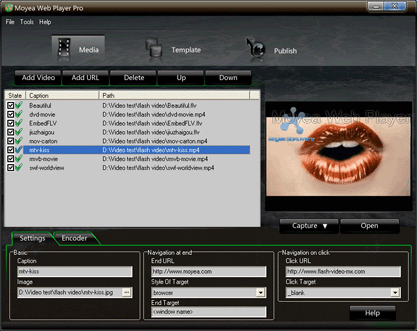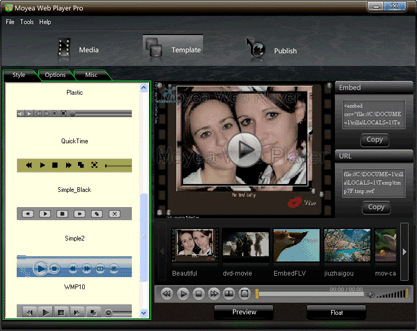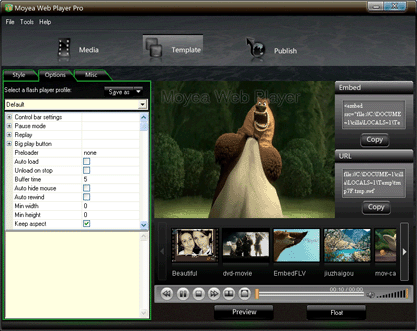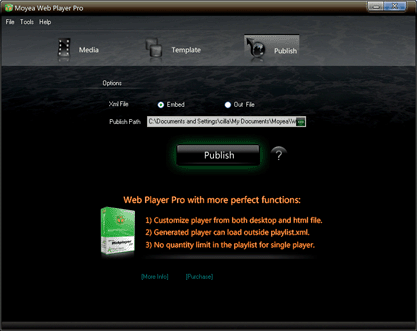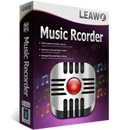Just find this press release on Adobe website,
For immediate release
Adobe Flash Technology Enhances Search Results for Dynamic Content and Rich Internet Applications
SAN JOSE, Calif. — July 1, 2008 — Adobe Systems Incorporated (Nasdaq:ADBE) today announced the company is teaming up with search industry leaders to dramatically improve search results of dynamic Web content and rich Internet applications (RIAs). Adobe is providing optimized Adobe® Flash® Player technology to Google and Yahoo! to enhance search engine indexing of the Flash file format (SWF) and uncover information that is currently undiscoverable by search engines. This will provide more relevant automatic search rankings of the millions of RIAs and other dynamic content that run in Adobe Flash Player. Moving forward, RIA developers and rich Web content producers won’t need to amend existing and future content to make it searchable — they can now be confident it can be found by users around the globe.
The openly published SWF specification describes the file format used to deliver rich applications and interactive content via Adobe Flash Player, which is installed on more than 98 percent of Internet-connected computers. Although search engines already index static text and links within SWF files, RIAs and dynamic Web content have been generally difficult to fully expose to search engines because of their changing states — a problem also inherent in other RIA technologies.
“Until now it has been extremely challenging to search the millions of RIAs and dynamic content on the Web, so we are leading the charge in improving search of content that runs in Adobe Flash Player,” said David Wadhwani, general manager and vice president of the Platform Business Unit at Adobe. “We are initially working with Google and Yahoo! to significantly improve search of this rich content on the Web, and we intend to broaden the availability of this capability to benefit all content publishers, developers and end users.”
Google has already begun to roll out Adobe Flash Player technology incorporated into its search engine. With Adobe’s help, Google can now better read the content on sites that use Adobe Flash technology, helping users find more relevant information when conducting searches. As a result, millions of pre-existing RIAs and dynamic Web experiences that utilize Adobe Flash technology, including content that loads at runtime, are immediately searchable without the need for companies and developers to alter them.
“Google has been working hard to improve how we can read and discover SWF files,” said Bill Coughran, senior vice president of engineering at Google. “Through our recent collaboration with Adobe, we now help Web site owners that choose to design sites with Adobe Flash software by indexing this content better. Improving how we crawl dynamic content will ultimately enhance the search experience for our users.”
Yahoo! also expects to deliver improved Web search capabilities for SWF applications in a future update to Yahoo! Search. “Yahoo! is committed to supporting webmaster needs with plans to support searchable SWF and is working with Adobe to determine the best possible implementation,” said Sean Suchter, vice president Yahoo! Search Technology Engineering.
“Designers and Web developers have long been frustrated that search engines couldn’t better access the information within their content created with Flash technology. It’s great to see Adobe and the search engines working directly together to improve the situation,” said Danny Sullivan, editor-in-chief, SearchEngineLand.com. “The changes should help unlock information that’s previously been ‘invisible’ and will likely result in a better experience for searchers.”
Adobe Flash Player is the world’s most pervasive client runtime that delivers unparalleled creative options, highly engaging user experiences, stunning audio/video playback, and nearly universal reach. To download and learn more about Adobe Flash Player, please visit www.adobe.com/products/flashplayer/ .
About Adobe Systems Incorporated
Adobe revolutionizes how the world engages with ideas and information - anytime, anywhere and through any medium. For more information, visit www.adobe.com .
###
© 2008 Adobe Systems Incorporated. All rights reserved. Adobe and Flash are either registered trademarks or trademarks of Adobe Systems Incorporated in the United States and/or other countries. All other trademarks are the property of their respective owners.
















